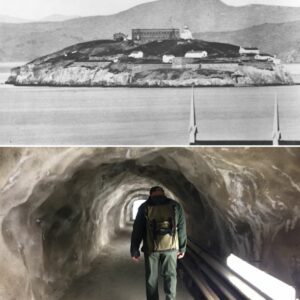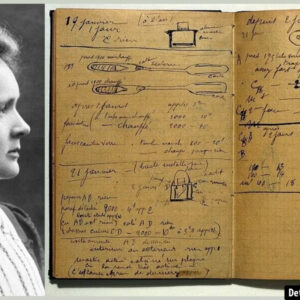Tucked away in the idyllic Dordogne Valley, the village of Urval in France holds a remarkable piece of history—its 14th-century communal bread oven. A symbol of medieval life, this ancient oven was once the heartbeat of the village, where neighbors gathered to bake bread and share stories. Today, it stands as one of the few surviving communal ovens in Europe, still in use during the village’s annual festival. Join me as we journey back in time to explore the fascinating history, design, and enduring legacy of this incredible historical monument.
The History of Communal Bread Ovens in Europe
Throughout medieval Europe, communal bread ovens were common in villages and towns, especially in rural areas. These ovens were often located in central, accessible locations and were shared by the entire community. As feudal systems dominated, peasants were required by law to bake their bread in the lord’s designated oven, a system known as “bannal ovens” under the “bannal laws.” These laws not only controlled the production of bread but also the milling of grain. Peasants had no choice but to use the feudal lord’s oven and mill, paying a fee for the privilege.

Communal ovens were constructed with materials that ensured their longevity and heat retention. Typically made from brick, they were fueled by wood, which was abundant in the region. The thermal mass of the oven allowed it to retain heat even after the fire was put out, meaning that other food items could be cooked on the oven floor, extending the oven’s functionality. This unique design made communal ovens not just useful for baking bread but for preparing a variety of dishes, from meats to vegetables.
Video
Watch the video Village Bakery (1940-1949) to take a nostalgic look at the heart of a community during this era.
Urval’s 14th Century Communal Bread Oven: A Historical Treasure
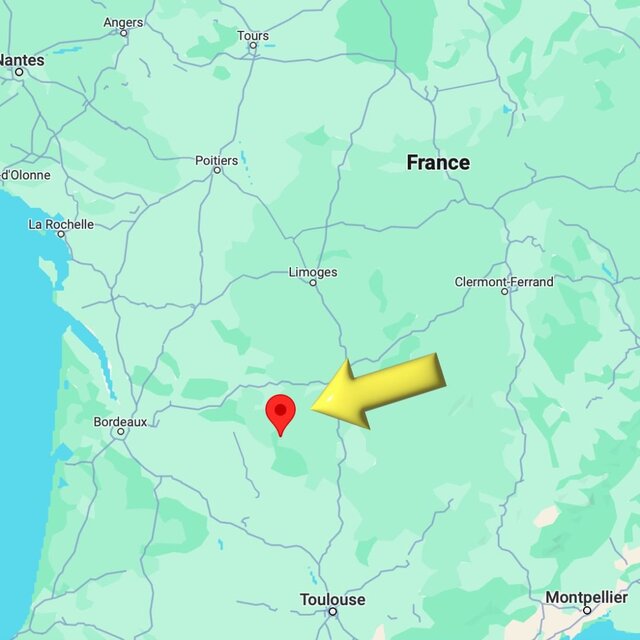
The communal bread oven in Urval dates back to the 14th century, making it a valuable historical artifact. This particular oven is an exceptional example of medieval design and has been remarkably well-preserved. Despite enduring the wear and tear of centuries, the oven continues to operate, albeit with some modern renovations, providing a tangible connection to the past.
Urval’s bread oven is part of the village’s trio of historical landmarks, along with its church and castle. This oven was not only central to the village’s daily life but also played a vital role during times of hardship, including wartime, when it became an essential resource for the community. Unlike most medieval communal ovens that have been demolished or repurposed, Urval’s oven stands as a rare example of how these structures were originally used and cared for.
The Function of the Communal Oven: From the Fournier to the Festival
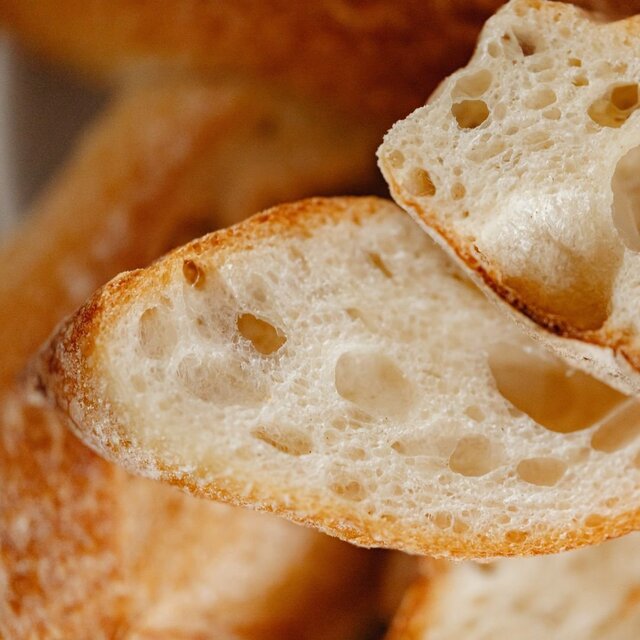
The communal oven in Urval was much more than just a place to bake bread. It housed a “fournier,” the fire-tender and baker who was responsible for stoking the oven and ensuring that the bread was baked to perfection. The room above the oven was where the fournier worked, and it housed shelves used to place the freshly baked loaves.
The oven was also a social hub, where villagers would gather to bake their bread and engage in communal activities. The oven was central to life in Urval, and its use was often an occasion for social interaction. Even today, the oven is fired up every year on the second Sunday of August during the village festival, a tradition that continues to bring the community together and celebrate the village’s rich history.
Architectural Features of the Bread Oven and Its Surroundings

Urval’s communal bread oven is a testament to medieval craftsmanship. Built primarily of brick, the structure was designed to withstand the test of time. The oven itself is large, capable of baking multiple loaves of bread at once. Above the oven, a room for the fournier contains shelves for holding bread before it is taken out of the oven.
Adjacent to the oven is the “pigeonnier,” or pigeon loft, where the fournier raised pigeons. This feature underscores the practical and multifaceted nature of the building, as pigeons were often used for both food and communication purposes during medieval times.
The oven’s design reflects the community-centric way of life in Urval, where every aspect of the village served multiple purposes. From the oven itself to the room for the fournier and even the pigeon loft, every element of the structure was designed to support both daily life and the survival of the village.
Renovations and Preservation Efforts: Keeping History Alive
Although the communal bread oven in Urval is over 600 years old, it has undergone renovations to ensure its preservation. The first major renovation took place in the 1800s, followed by another round of restoration in the 1960s. These efforts have helped to maintain the oven’s functionality while preserving its historical integrity.
In addition to its role in the village festival, the oven is also open to visitors who are keen to learn about its history and see how it works. This ongoing preservation of the bread oven allows future generations to experience a piece of history firsthand and understand the vital role these structures played in shaping rural life during the medieval period.
The Role of Communal Ovens During Wartime and Village Festivals
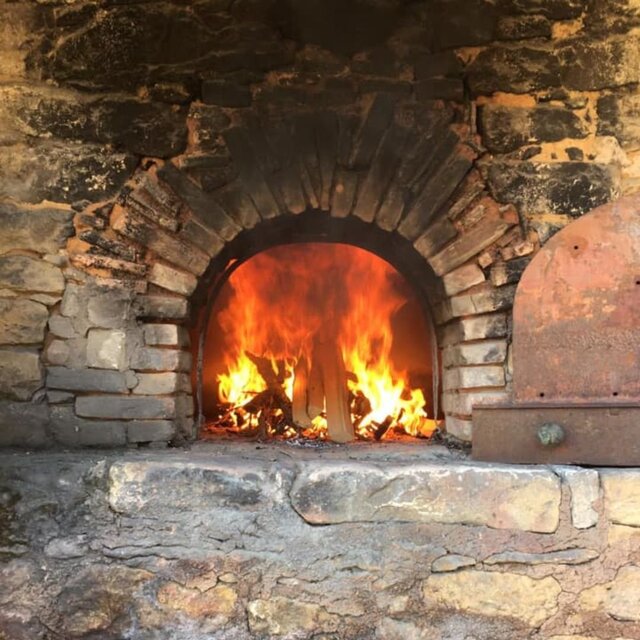
Communal bread ovens were especially important during times of crisis, such as during wartime. In the case of Urval’s bread oven, it was used during the First World War to provide sustenance for the community. The oven became a vital resource, offering a steady supply of bread to villagers who were facing shortages and hardships.
Today, the bread oven in Urval continues to serve the community during the annual festival. On the second Sunday of August, the oven is fired up, and bread is baked in the traditional manner. This festival, which celebrates the village’s heritage, is a reminder of the community spirit that has endured in Urval for centuries.
The Decline and Revival of Communal Bread Ovens in Modern Times
With the advent of smaller, more personal ovens and the increasing availability of store-bought bread, communal bread ovens gradually fell out of use. Many were demolished or repurposed for other uses, including being converted into homes or abandoned entirely. However, a few communal bread ovens, like the one in Urval, have been carefully preserved, offering a rare glimpse into the past.
In modern times, communal ovens are enjoying a slight revival as people rediscover the benefits of traditional baking methods. The bread oven in Urval serves as a testament to the enduring value of these historic structures and the community practices they supported.
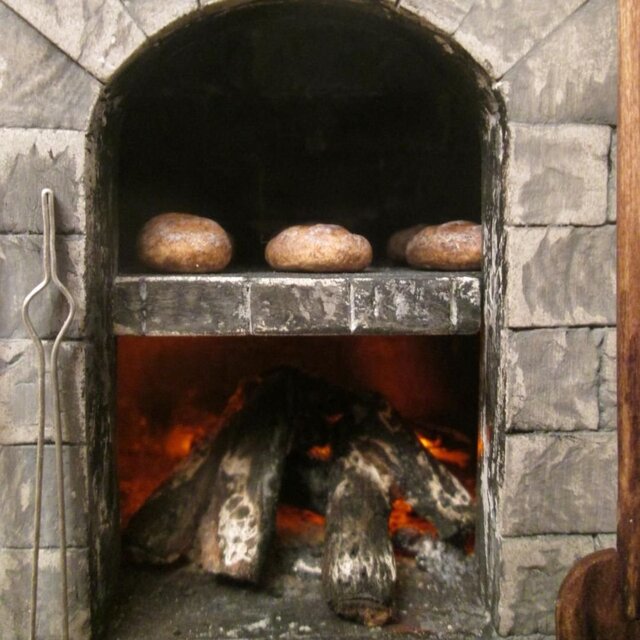
A Glimpse Into the Past: How the Urval Oven Still Works Today
Despite the passage of time, the communal bread oven in Urval continues to operate. The oven is fired up during the village festival, and visitors can experience firsthand how it was used centuries ago. The design of the oven, with its thermal mass and wood-fueled fire, allows it to bake bread efficiently and effectively, just as it did during medieval times.
The continued use of the oven in Urval ensures that this piece of history remains relevant today. It serves as a living connection to the past, allowing visitors and locals alike to experience a tradition that has been passed down through generations.
Visiting Urval and Exploring Its Rich History
If you find yourself in the Dordogne region of France, a visit to Urval and its communal bread oven is a must. The village’s charming Perigourdine houses, historical monuments, and the operational bread oven make it a fascinating destination for history enthusiasts and anyone looking to learn more about medieval European life.
Urval is easily accessible by train or car, and it is just a short drive from the popular tourist destination of Bordeaux. Whether you’re a history buff or simply looking for a charming village to explore, Urval offers a unique opportunity to step back in time and experience the traditions that have shaped this community for centuries.
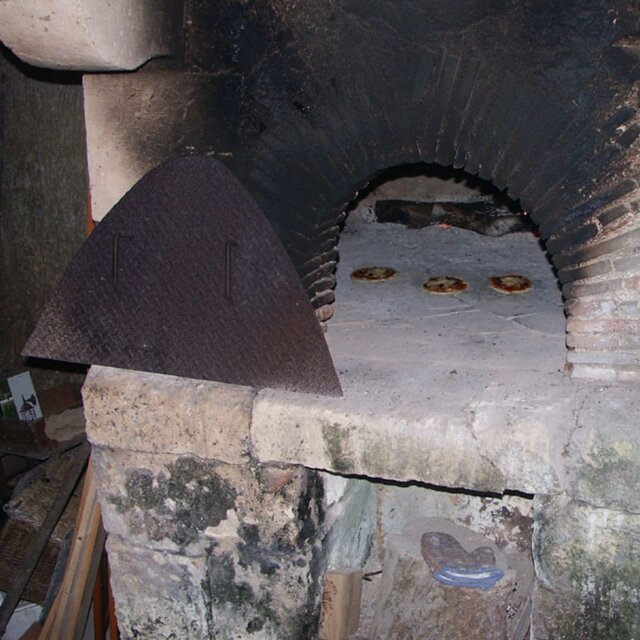
Video
Watch the video This Baker Bakes His Bread Without Electricity at Au Pétrin Moissagais to discover traditional baking techniques in a modern world.
Conclusion: The Enduring Legacy of Communal Ovens in European Culture
The communal bread oven of Urval is more than just a historical artifact—it is a symbol of the community spirit that defined medieval Europe. While many communal ovens have been lost to time, Urval’s oven continues to serve as a reminder of the shared resources and traditions that once brought communities together.
As we continue to modernize and move away from communal practices, the preservation of these historical sites is more important than ever. The bread oven in Urval not only offers a glimpse into the past but also serves as a living connection to the values of cooperation, sustainability, and community that have stood the test of time. Through continued preservation and use, this historical treasure remains an essential part of Urval’s identity, ensuring that future generations will appreciate the enduring legacy of communal ovens in European culture.

